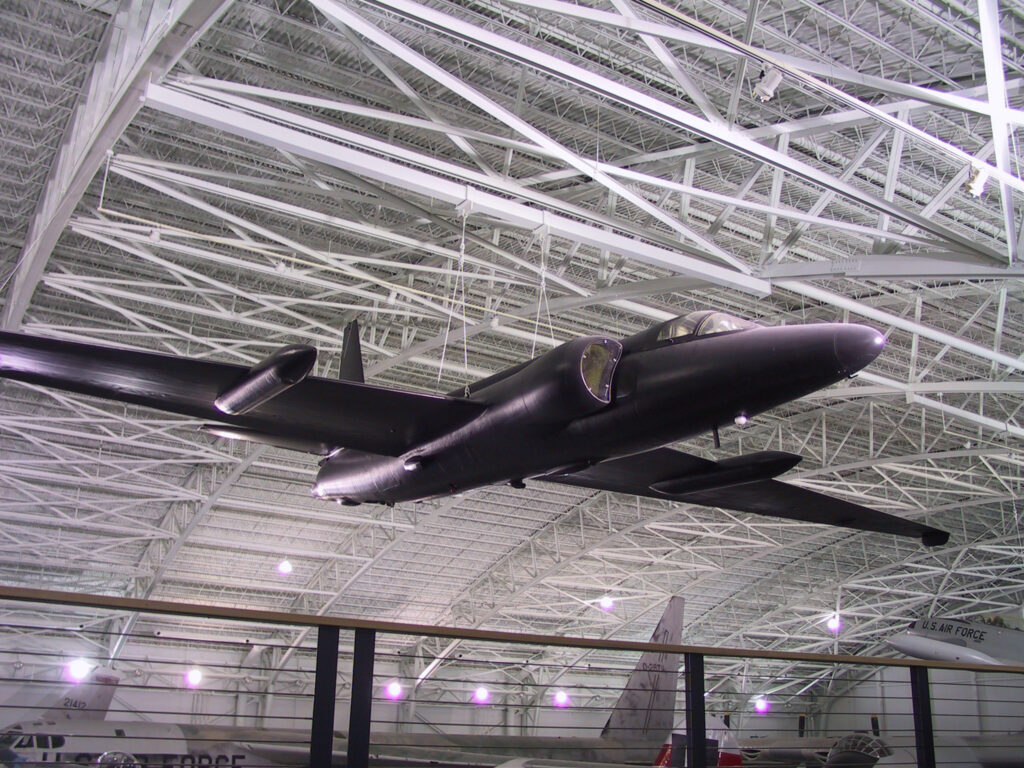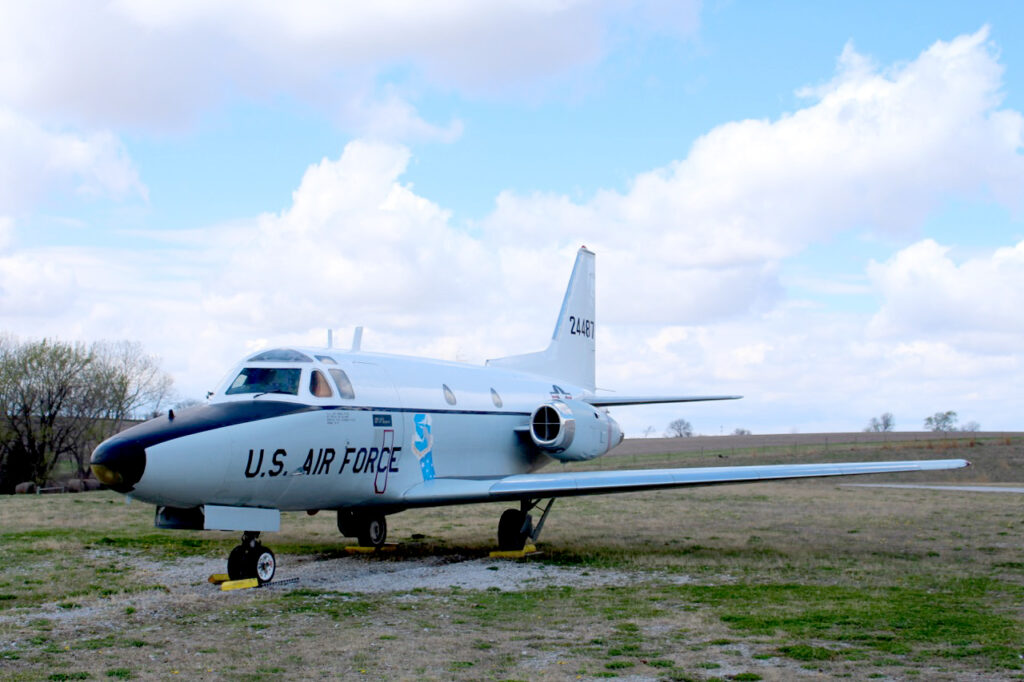Let Your Curiosity Soar
MiG-23 “Flogger”
The MiG-23, known by its NATO reporting name “Flogger,” is a third-generation jet fighter aircraft designed by the Mikoyan-Gurevich design bureau in the Soviet Union. It is notable for its variable-geometry wings, which can be adjusted in flight to optimize performance at various speeds. Here are some interesting facts about the MiG-23:
- Innovative Wing Design: The MiG-23’s most distinctive feature is its swing-wing (variable-geometry) design, which allows the aircraft’s wings to change angle in flight. This enhances its aerodynamic performance across a broad range of speeds and altitudes.
- Multipurpose Fighter: While primarily designed as an interceptor, the MiG-23 was versatile enough to be adapted for various roles, including ground attack, reconnaissance, and electronic warfare, depending on the variant.
- Global Footprint: The MiG-23 was widely exported and served in numerous air forces around the world. Its operators spanned from Eastern Europe to Africa, the Middle East, and Asia, making it one of the most ubiquitous fighter jets of its time.
- Combat Proven: The MiG-23 saw extensive combat use in various conflicts. It was used by the Soviet Union in Afghanistan, as well as in the Middle East by several Arab air forces against Israel. Its combat history helps to underline both its capabilities and limitations in real-world operations.
- Production Scale: Over its production life, from the late 1960s to the late 1980s, more than 5,000 units of the MiG-23 were produced, making it one of the most produced jet fighters in its generation.
- Speed and Altitude: The MiG-23 can reach speeds of up to Mach 2.35 (about 2,445 km/h or 1,520 mph) and can operate at altitudes of over 60,000 feet, highlighting its capabilities as a high-speed, high-altitude interceptor.
- Unique Versions: Among its many variants, the MiG-23MLD is particularly noteworthy. This version incorporated advanced avionics and weapon systems, improving its combat effectiveness significantly over earlier models.
- Cultural Impact: Beyond its military significance, the MiG-23 has made appearances in various forms of media, including movies, television shows, and video games, often symbolizing the technological rivalry between the NATO and Warsaw Pact forces during the Cold War.
- Retirement and Legacy: Although many air forces have retired their MiG-23 fleets in favor of more modern aircraft, some countries continue to operate the MiG-23, albeit in limited numbers. Its legacy continues in the form of museum displays and as a subject of interest for military aviation enthusiasts around the world.
- Safety Record: Like many high-performance fighter jets of its era, the MiG-23 had a challenging safety record, with a number of accidents occurring over its operational history. These incidents were attributed to various factors, including the aircraft’s complex handling characteristics and maintenance challenges.
The MiG-23 remains a significant chapter in the history of military aviation, representing the technological advancements and strategic doctrines of its time. Its introduction and widespread use underscore the dynamic nature of aerial combat and military technology during the latter half of the 20th century.
Specifications
General Characteristics
- Crew: 1 (pilot)
- Length: 54 ft 9 in
- Wingspan:
- Spread: 45 ft 10 in
- Swept: 25 ft 6 in
- Height: 15 ft 10 in
- Empty Weight: Approximately 22,046 lbs
- Loaded Weight: Approximately 39,242 lbs
- Max Takeoff Weight: Approximately 40,785 lbs
Performance
- Engine: 1 × Khatchaturov R-35-300 afterburning turbojet
- Max Speed:
- At altitude: Mach 2.35 (about 1,520 mph)
- At sea level: Mach 1.14 (about 839 mph)
- Range: 1,750 mi (1,520 nmi) with drop tanks
- Service Ceiling: Over 60,000 ft
- Rate of Climb: 45,275 ft/min
- Thrust/Weight: 0.83 with afterburner
Armament
- Guns: 1× 23 mm Gryazev-Shipunov GSh-23L cannon with 200 rounds
- Hardpoints: 7 (including wing and fuselage stations) with a capacity of up to 6,600 lbs, able to carry a mix of:
- Air-to-air missiles: R-23/R-24 (NATO: AA-7 “Apex”), R-60 (NATO: AA-8 “Aphid”)
- Air-to-surface missiles, bombs, and rocket pods for ground-attack roles
Additional Exhibits

XF-85 “Goblin”
Learn More
U-2C “Dragon Lady”
Learn More